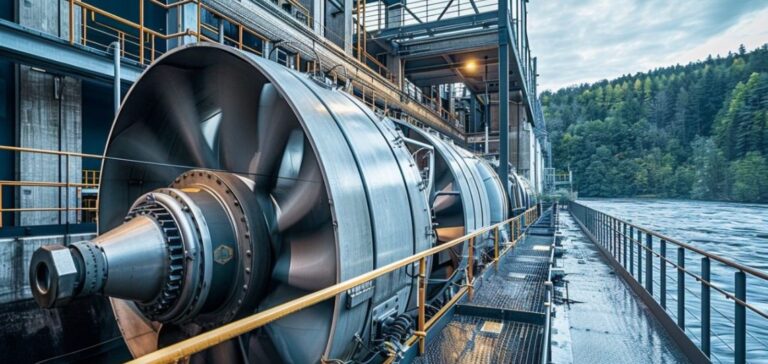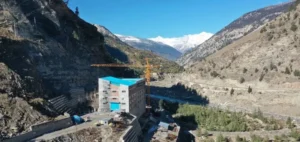The United States Department of Agriculture (USDA) recently announced a $16.6 million investment to build a 3 MW hydroelectric plant on the Kentucky River. This project is part of a wider effort to modernize energy infrastructures and support rural communities.
Financing Framework
This investment is part of the Powering Affordable Clean Energy Program (PACE) and the Rural Energy for America Program (REAP), totalling over $375 million in funding for various projects. These programs aim to improve access to energy for rural communities and modernize energy infrastructures.
The $16.6 million financing awarded to Lock 11 Hydro Partners LLC will enable the construction of a 3 MW hydroelectric power station at Lock and Dam 11 on the Kentucky River. The project aims to use modern practices to ensure efficient and reliable energy production for the region’s residents.
Other Financing Projects
In addition to the project in Kentucky, the USDA has also allocated funds for similar projects in other states. In Alaska, two battery energy storage systems of 46 MW and 45 MW will be financed. In Arizona, three energy storage systems totalling 35 MW will receive financial support. In addition, a 2 MW community solar project in Nebraska will also benefit from this program.
These investments are aimed at diversifying energy sources and strengthening the resilience of rural energy infrastructures. By supporting these projects, the USDA is playing a key role in modernizing the American energy sector and promoting sustainable, cost-effective energy solutions.
USDA investments in various energy projects illustrate a strategic approach to modernizing rural energy infrastructures. By targeting specific projects and allocating substantial funds, the USDA supports the development of diversified energy solutions, contributing to the stability and economic growth of rural areas.






















